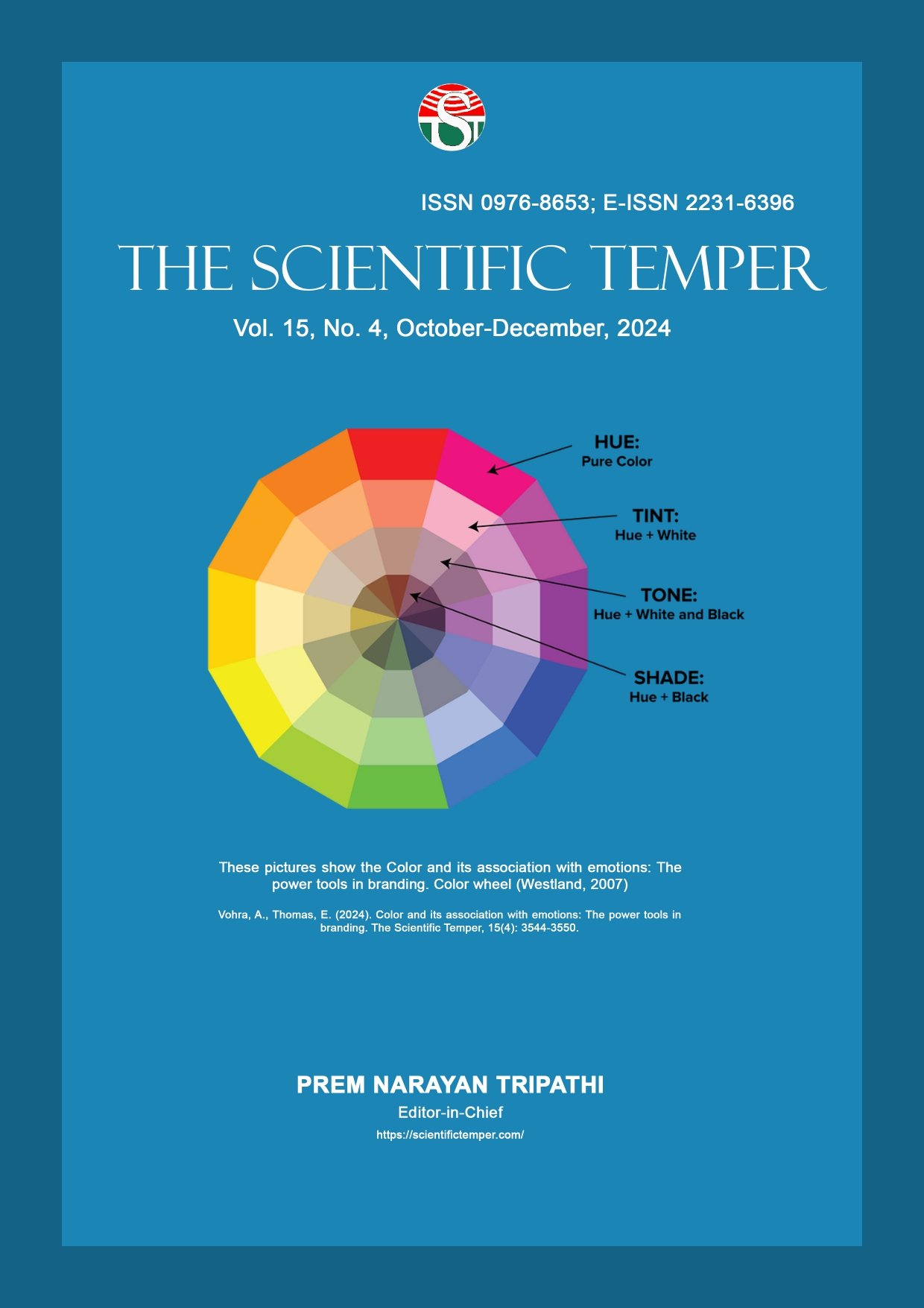A robust finger detection based sign language recognition using pattern recognition techniques
Downloads
Published
DOI:
https://doi.org/10.58414/SCIENTIFICTEMPER.2024.15.spl.29Keywords:
Sign language, Discrete sine transform, Self organizing map, MATLAB, finger detectionDimensions Badge
Issue
Section
License
Copyright (c) 2024 The Scientific Temper

This work is licensed under a Creative Commons Attribution-NonCommercial-ShareAlike 4.0 International License.
Sign language recognition based on finger detection is arguably the main sign language used by most dumb people. It has its own phonetics, grammar and syntax that set it apart from other sign languages. Research related to sign language (SL) is only now becoming standardized. Considering the challenge of recognizing SL, in this work a new method for recognizing SL dynamic gestures is proposed. Sign language (SL) translation systems can be used to help dumb people interact with normal people with the help of a computer. Most studies on continuous recognition of sign language are done by processing frames obtained from videos at regular/equal intervals. If a developed system is powerful enough to handle both static and dynamic motions, then it will be the best system for processing frames obtained from processing consecutive gestures. The algorithm developed for the gesture recognition system in SL formulates a vision-based approach using two-dimensional discrete sinusoidal transforms (DSTs) for image compression and self-organizing maps (SOMs), or self-organizing feature maps. Kohonen’s (SOFM) Neural Networks for Pattern Recognition, simulated in MATLAB. The system showed an accuracy rate of 91 percent.Abstract
How to Cite
Downloads
Similar Articles
- Sangeeta ., Jitander S. Sikka, Meenal Malik, Static deformation of a two-phase medium consisting of a rigid boundary elastic layer and an isotropic elastic half-space induced by a very long tensile fault , The Scientific Temper: Vol. 15 No. 02 (2024): The Scientific Temper
- Parul Yadav, Priyanka Suryavanshi, Storage study on compositional analysis of quinoa and ragi based snacks , The Scientific Temper: Vol. 15 No. 02 (2024): The Scientific Temper
- Nitin Chandel, Lalsingh Khalsa, Sunil Prayagi, Vinod Varghese, Three‑phase‑lags thermoelastic infinite medium model with a spherical cavity via memory-dependent derivatives , The Scientific Temper: Vol. 15 No. 01 (2024): The Scientific Temper
- Sachin V. Chaudhari, Jayamangala Sristi, R. Gopal, M. Amutha, V. Akshaya, Vijayalakshmi P, Optimizing biocompatible materials for personalized medical implants using reinforcement learning and Bayesian strategies , The Scientific Temper: Vol. 15 No. 01 (2024): The Scientific Temper
- Rama Rao J.V.G, Raja Gopal A.N.V.J, Ponnaganti S. Prasad, Illa V. Ram, Muthuvel B, Power quality improvement in BLDC motor drive using PFC converter , The Scientific Temper: Vol. 14 No. 04 (2023): The Scientific Temper
- G. C. Sowparnika, D. A. Vijula, Modeling and control of boiler in thermal power plant using model reference adaptive control , The Scientific Temper: Vol. 15 No. 01 (2024): The Scientific Temper
- B Supraja, B Ramachandra, N Venkatasubba Naidu, Analytical Method Development and Validation Analysis for Quantitative Assessment of Thifluzamide by HPLC Procedure , The Scientific Temper: Vol. 13 No. 01 (2022): The Scientific Temper
You may also start an advanced similarity search for this article.
Most read articles by the same author(s)
- Rajeev P. R., K. Aravinthan, A novel approach for metrics-based software defect prediction using genetic algorithm , The Scientific Temper: Vol. 15 No. 03 (2024): The Scientific Temper
- Muhammed Jouhar K. K., K. Aravinthan, A bigdata analytics method for social media behavioral analysis , The Scientific Temper: Vol. 15 No. 03 (2024): The Scientific Temper


